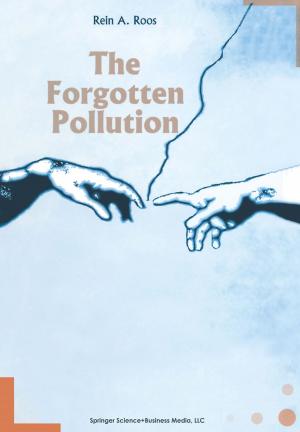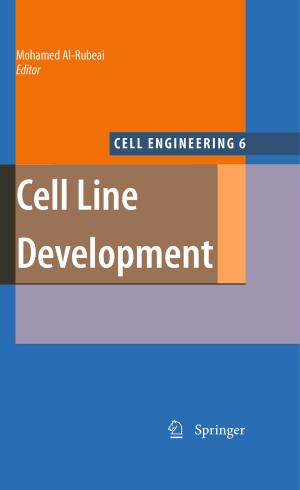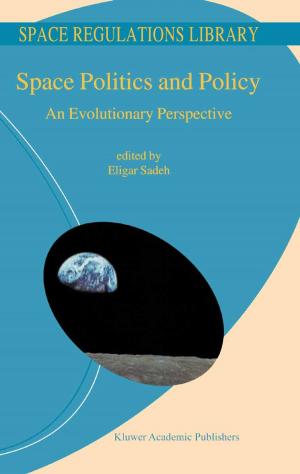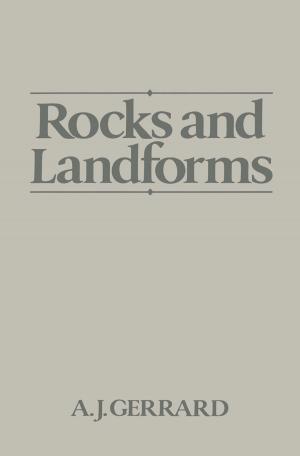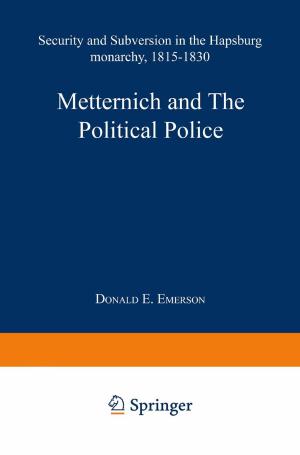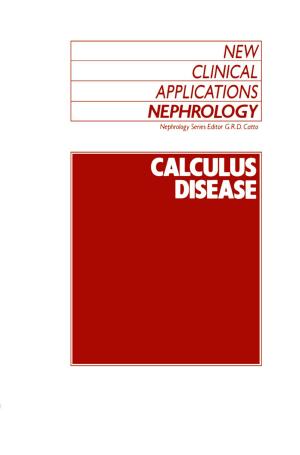Infrasound Monitoring for Atmospheric Studies
Nonfiction, Science & Nature, Science, Physics, Acoustics & Sound, Earth Sciences| Author: | ISBN: | 9781402095085 | |
| Publisher: | Springer Netherlands | Publication: | January 19, 2010 |
| Imprint: | Springer | Language: | English |
| Author: | |
| ISBN: | 9781402095085 |
| Publisher: | Springer Netherlands |
| Publication: | January 19, 2010 |
| Imprint: | Springer |
| Language: | English |
The use of infrasound to monitor the atmosphere has, like infrasound itself, gone largely unheard of through the years. But it has many applications, and it is about time that a book is being devoted to this fascinating subject. Our own involvement with infrasound occurred as graduate students of Prof. William Donn, who had established an infrasound array at the Lamont-Doherty Geological Observatory (now the Lamont-Doherty Earth Observatory) of Columbia University. It was a natural outgrowth of another major activity at Lamont, using seismic waves to explore the Earth’s interior. Both the atmosphere and the solid Earth feature velocity (seismic or acoustic) gradients in the vertical which act to refract the respective waves. The refraction in turn allows one to calculate the respective background structure in these mediums, indirectly exploring locations that are hard to observe otherwise. Monitoring these signals also allows one to discover various phenomena, both natural and man-made (some of which have military applications).
The use of infrasound to monitor the atmosphere has, like infrasound itself, gone largely unheard of through the years. But it has many applications, and it is about time that a book is being devoted to this fascinating subject. Our own involvement with infrasound occurred as graduate students of Prof. William Donn, who had established an infrasound array at the Lamont-Doherty Geological Observatory (now the Lamont-Doherty Earth Observatory) of Columbia University. It was a natural outgrowth of another major activity at Lamont, using seismic waves to explore the Earth’s interior. Both the atmosphere and the solid Earth feature velocity (seismic or acoustic) gradients in the vertical which act to refract the respective waves. The refraction in turn allows one to calculate the respective background structure in these mediums, indirectly exploring locations that are hard to observe otherwise. Monitoring these signals also allows one to discover various phenomena, both natural and man-made (some of which have military applications).

